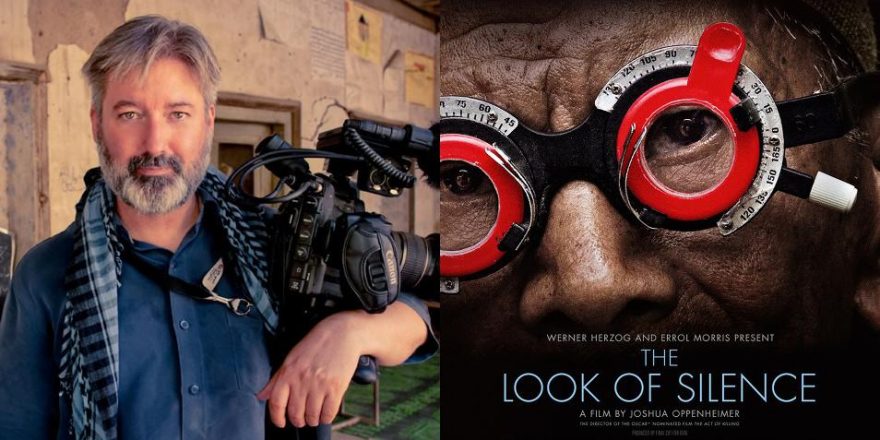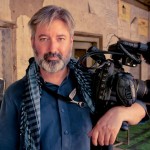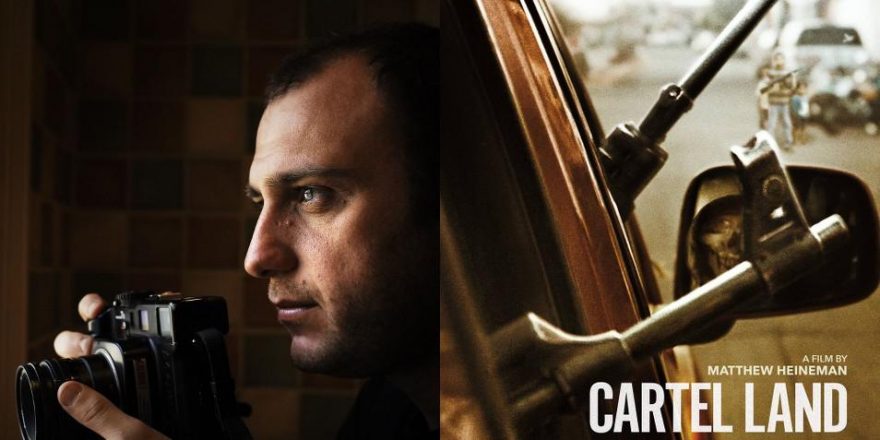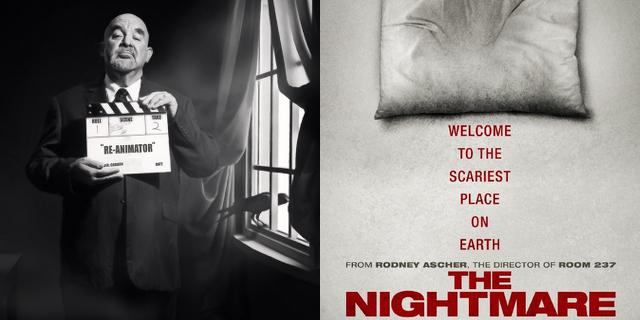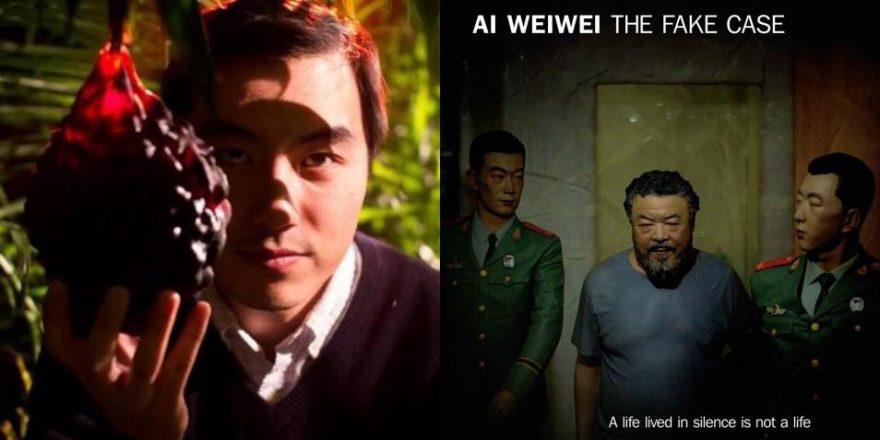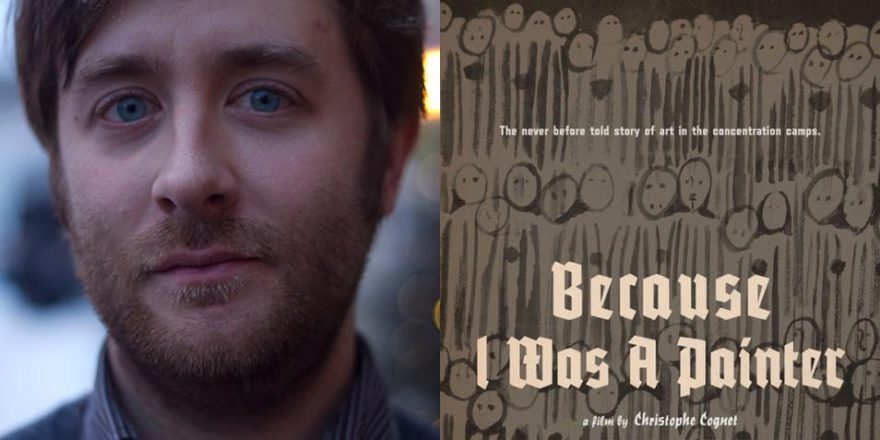Let me tell you about The Look of Silence.
This is a historically significant work. When you watch The Look of Silence, you can almost hear the crackling, rumbling sound of monumental lies collapsing like a glacier calving into a sea of truth. “Love” is not too strong a word to describe how I feel about this film and the heroic people who succeeded in making it. This is a film that can inspire love.
Like another great film of the past year, Laura Poitras’ CITIZENFOUR, Joshua Oppenheimer’s The Look of Silence not only describes history, it is itself an active participant in history, a force capable of changing the world by changing our understanding in some fundamental way. The Look of Silence is an unblinking public witness to the terrible atrocities lying at the doorstep of the Indonesian regime and its supporters. But it is also more than that.
The Look of Silence, along with Oppenheimer’s The Act of Killing, tells the story of a politically motivated genocide carried out by the U.S.-backed Indonesian military in 1965. The United States supported, advised and encouraged the dictator Suharto as his forces directed the systematic mass murder of Indonesians affiliated with the Indonesian Communist Party – which at the time was the largest communist party in the world in a non-communist country. Landless peasants, union members, intellectuals, and ethnic Chinese – anyone who favored the nationalization of Indonesian resources after 300 years of colonial exploitation was rounded up and slaughtered in utterly barbaric ways, down to the villagers.
More than a million Indonesians were wiped out in the course of a single year. In the United States, which aided the Indonesian dictatorship as it exterminated the poor, Time magazine called the events in Indonesia “the best news for the West in Asia for many years.” In an obsequious abandonment of journalism when it mattered most, a move which should by now be coldly familiar to the paper’s readership, The New York Times put forth the headline “A Glimmer of Light in Asia.”
Because I have not yet seen Oppenheimer’s Oscar-nominated The Act of Killing, this piece on his latest work will be incomplete; these two films are intended by the filmmakers as halves of a whole. That said, The Look of Silence stands quite comfortably on its own as a masterwork of documentary filmmaking, and should be seen at all costs. In a theater if you can. Because being in a theater will bring you into contact with other humans, and that will be a less lonely experience for you, now knowing what you know.
Silence is the first thing we notice. Not silence exactly, but the whir of insects and birds, the hum of vegetation. An old man, a mass murderer, is being fitted for glasses. We see his eyes in close-up, a shifting, deathly gaze through warped optometrist lenses rimmed in red and black plastic. Jumping beans click fitfully on a floor, larval worms squirming inside hard brown shells.
Like the other old men in the film who participated in the 1965 genocide, he eventually describes his crimes freely and in gruesome, prideful detail. Those who carried out the systematic murder of a million Indonesians with machetes and piano wire are still in power, nonchalantly recalling the steady diet of human blood they consumed by the glassful because they believed it would prevent the onset of raging insanity at the sheer volume of their murders. Human blood, we are abruptly instructed, is both sweet and salty.
None of these old men has been given cause to fear justice. It is natural, therefore, that they should carry on imagining themselves to be respectable members of Indonesian society, heroes of the patriotic struggle against communism, guiltless, unafraid of cameras and microphones, unafraid even of their victims’ families living in the same communities. Feared by them. Still dangerous.
“Why am I singing?” an old man half-sings, wheedling out an Indonesian song from his youth as a granddaughter fidgets happily on a red plastic chair. “Why should I remember if remembering only breaks my heart?” He then cheerfully describes strangling a man and cracking the skull of another, laughing as he recalls his victims’ helplessness as they died.
Watching this man’s videotaped confession is Adi Rukun, a man in his forties whose older brother, Ramli, was murdered during the genocide, two years before he was born. Adi is our protagonist and guide through the valley of death that was Indonesia in 1965 and 1966. Adi fits Ramli’s killers for glasses and listens to their testimony. We are witness to these events through him. He is the soul of the film, both a subject and collaborator in the documentary project, and we soon find ourselves so surrounded by true evil that we cling for dear life to the moral center of this man. There is virtually no music in the film – at least none that I noticed. It would be impossible.
There is a proud tradition of confrontational documentary filmmaking. In Michael Moore’s films, he is often seen stalking the rare birds of commerce and power with a camera and a microphone, snaring the greedy and entitled. In one of Moore’s favorite documentaries, Kazuo Hara’s The Emperor’s Naked Army Marches On, a Japanese WWII veteran confronts his former commanders in their homes over their wartime atrocities, sometimes punching, kicking and shaking them violently to set the record straight in his outraged and outrageous cinematic rampage.
The Look of Silence is a different, more subtle kind of movie. Never before has a documentary been made in which victims of a genocide confront the perpetrators while the perpetrators are still in power. The courageousness of this project is truly extraordinary. However difficult it may have been to gain trust of, and access to, the perpetrators of the Indonesian genocide, the filmmakers skip over their pursuit of these subjects and move straight to the killers’ freely given accounts of how they carried out their crimes. The killers have so many crimes to confess, after all. It is all we can do to bear witness to their outpouring. The confidence with which the militia leaders recount personally taking the lives of hundreds of innocent people makes us feel ashamed as well as horrified. Shame at our country’s complicity in the genocide. Shame at belonging to the same species as these bloodthirsty men and their cynical masters.
The filmmaking intelligence and perseverance of Joshua Oppenheimer and his colleagues is on display in every frame of this movie. Oppenheimer understands the gravity of his subject, the importance of revealing information in a way that it can be deeply felt and understood. His frames are static, considered, sparse and penetrating. In fact, the film is starkly ravishing, yellowish greens and blues. Like a monsoon cloud coalescing after a heat wave, it needs to be beautiful to hold that much unspoken anguish.
Perhaps never in cinema will you need more to feel the empathetic attachment to another relatively sane human as when you watch this film. Adi Rukun and his beautiful family save us from all that darkness with their warm humanity. When Adi gently embraces one of his brother’s aging killers in a spontaneous gesture of forgiveness, we know that he is also embracing us. As he gently fits them for glasses, we know that we are the ones he is trying to help see.
It’s one thing to imagine how this film, along with The Act of Killing, will affect how Indonesians see their own society and history. What should be of even greater significance to a United States audience of this film is whether we will hear its message and understand the true cost of a U.S. foreign policy that continues to be governed by jingoism, lies and cynical greed rather than an acceptance of our shared human destiny.



